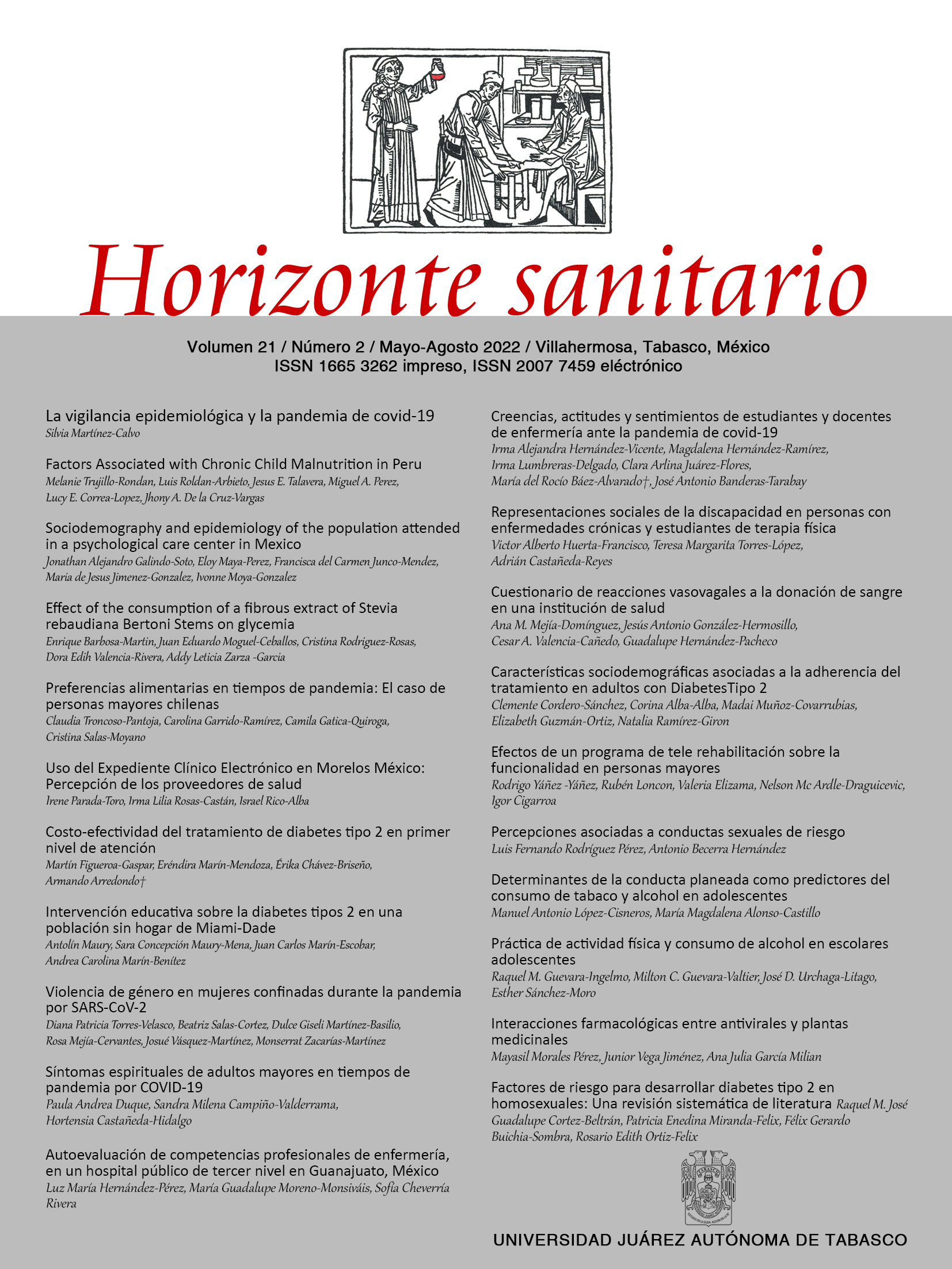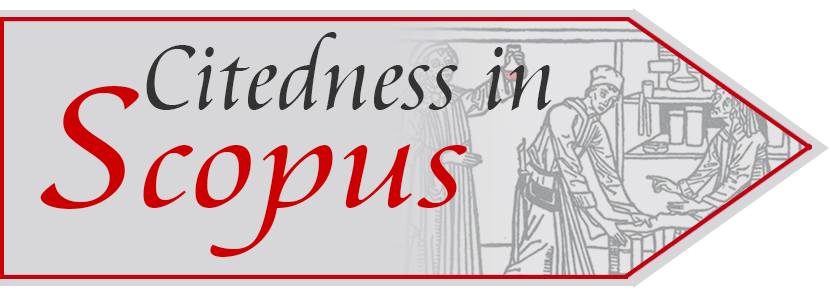Cost Effectiveness of type 2 diabetes treatment at first level of care
DOI:
https://doi.org/10.19136/hs.a21n2.4672Abstract
Objective: To identify the most cost-effective treatment in three main schemes for type 2 diabetes mellitus outpatients in a first level care unit in the Morelos State.
Materials and Method: In a sample of 1795 patients treated in a first-level unit, the cost-effectiveness coefficient calculation was performed for three treatment schemes, selected as part of the stepped treatment suggested in the main guides and for their availability at the first level of care. Costs of each intervention were calculated using the instrumentation estimation method and the average case management technique. A search was carried out in PubMed, Scopus, Scielo and Latindex databases based on keywords, and a review of the literature was made where the efficacy of the treatment schemes of interest was evaluated and the effectiveness was determined from the effect of the drugs of each intervention, compared to the effects of diet and other hypoglycemics. To identify the decision rule, the cost-effectiveness coefficient of each intervention was determined.
Results: The most cost-effective intervention was based on a combined oral treatment of metformin with glibenclamide, obtaining a total cost of $951.75 USD, with an effectiveness rate of 42.30% and an effectiveness coefficient of 2.25.
Conclusions: For the first level of care, it is recommended to promote more the use of combined oral treatment of metformin with glibenclamide.
Keywords: Cost Effectiveness; Drug Therapy; Diabetes Mellitus; Primary Health Care.
Downloads
Published
Issue
Section
License
Copyright (c) 2021 Horizonte Sanitario

This work is licensed under a Creative Commons Attribution-NonCommercial-ShareAlike 4.0 International License.



































